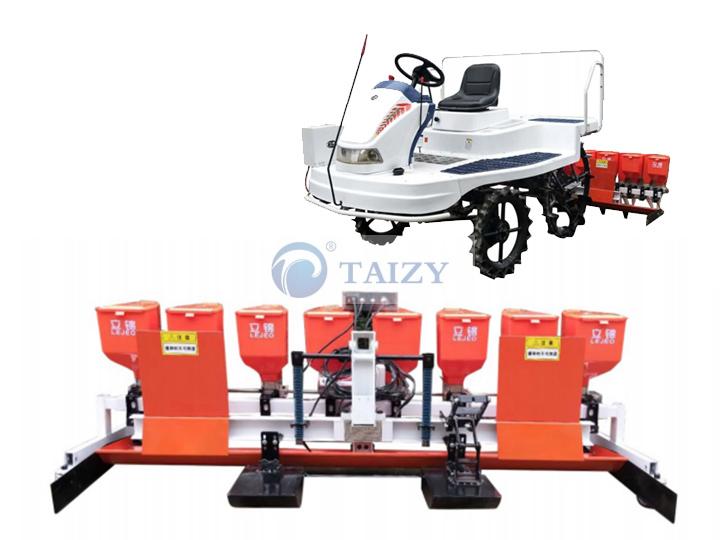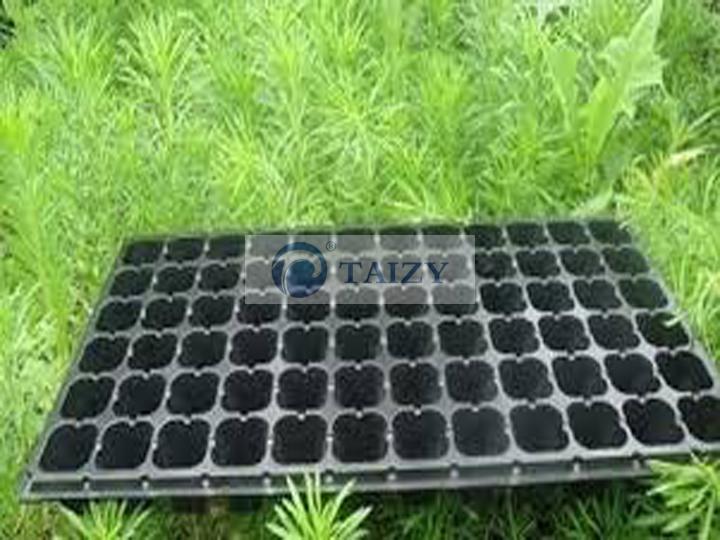Method of Growing Rice
Rice Direct seeding
The direct seedling is a cultivation method in which seeds are directly planted in rice fields. Large-scale direct seeding of rice can save a lot of labor and ease the contradiction of seasonal labor tension. It is of great significance to the realization of light, professional, and large-scale rice production, and has broad prospects for promotion. However, compared with transplanted rice, direct seeding rice has three major problems: difficult to 100% seedling emergence, heavy weed damage, and easy lodging. Therefore, in production, special attention should be paid to the technical measures such as premature emergence of whole seedlings, weeding, and prevention of damage, increase in fertilizer to prevent premature aging, and robust cultivation to prevent seedling lodging.

Advantages of Rice Direct Seeding
the seedlings are not easy to be damaged, saving time and effort.
Disadvantages of Direct Seeding
Seedlings have poor wind resistance. In the rainy season, rice plants tend to fall after heading. In addition, there are more weeds in the field during the growth period of the live broadcast, and the uneven growth has to fill in the gaps, which is not convenient for later management. The growth rate is very low, and it requires more fertilizer than transplantation, which increases the cost. The plant density is easy to be too large, which will cause a reduction in yield.
Nursery Seedling and Transplant by Machine Method
The method is a rice nursery seedling method evolved from the cultivation of seedlings in a greenhouse, which can increase the proportion of seedlings in the field, reduce the cost of raising seedlings. It is convenient to manage, is not prone to disease in the seedling stage, and has good seedling quality. The bred seedlings can be transplanted by hand, which is more conducive to transplanting by machine. Calcium plastic floppy disks are commonly used for seedling cultivation in plug trays: 28cm in length and width, and 2.6cm to 2.8cm in depth. It is very convenient to use the rice seedling machine, which can automatically cover nutrient soil, watering, sowing, and cover soil. Tray seedling raising is a new technology for raising rice seedlings, which reduce costs, facilitate intensification, and save labor. The method can save rice seeds, can plant seedlings earlier, and stagger the sowing and transplanting dates.

The seedlings cultivated by the new type of rice nursery seedling machine are suitable for both machine transplanting and artificial transplanting. The advantage is that the roots of the seedlings will not be damaged too much during transplanting, whether machine transplanting or artificial transplanting. The seedling shortage rate will be greatly reduced when using the machine to transplant seedlings, which is conducive to the growth of the seedling stage and increase the yield of rice per unit area.
The overall advantage of using the rice nursery seedling machine is low seedling cost and reduced seedling field. It can avoid pests and diseases and has good rice quality, and the rice has good quality. The seedling machine can be operated according to people’s wishes and high-yield standards. It has the advantage of human control and easy to achieve the requirements of reducing plant injury, suitable depth, straight holes, non-heavy and non-leakage, and convenient field management.
